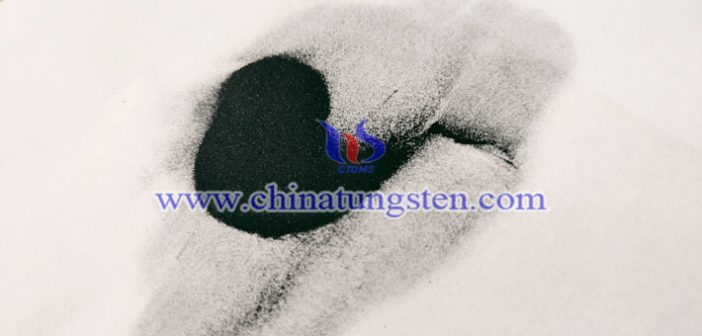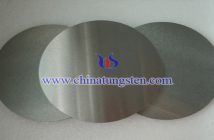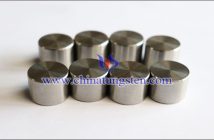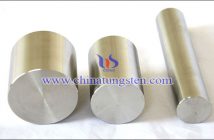Cesium tungsten bronze nanopowder should be characterized to know its structures before it is applied for preparing balcony thermal insulating glass coating --- a well-known smart coating with high NIR-shielding performance and high transparency. But, how to characterize the structures of cesium tungsten bronze?
More details, please visit:
http://cesium-tungsten-bronze.com/index.html
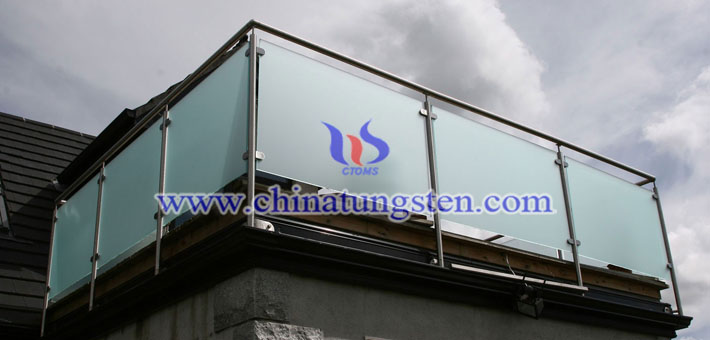
Transmission electron microscopy (TEM) analysis can be carried out on a Hitachi model H-7500 at 120 kV. High-resolution TEM (HRTEM) image of a single Cs0.33WO3 nanoparticle and the corresponding electron diffraction pattern can be observed using a Jeol model JEM-2100F at 200 kV. The crystal structure can be characterized by X-ray diffraction (XRD) analysis on a Shimadzu RX-III X-ray diffractometer using CuKα radiation (λ = 0.1542 nm). The absorption spectra can be measured by a Jasco V-570 UV–vis-NIR spectrophotometer. The zeta potential and mean hydrodynamic diameter of Cs0.33WO3 nanoparticles in the aqueous dispersion can be measured using a Malvern Nano-ZS dynamic light-scattering spectrometer. For the measurement of zeta potential, the concentration of Cs0.33WO3 nanoparticles is 10 mg/L, and the pH of aqueous dispersion can be adjusted by the addition of potassium hydroxide or nitric acid.

